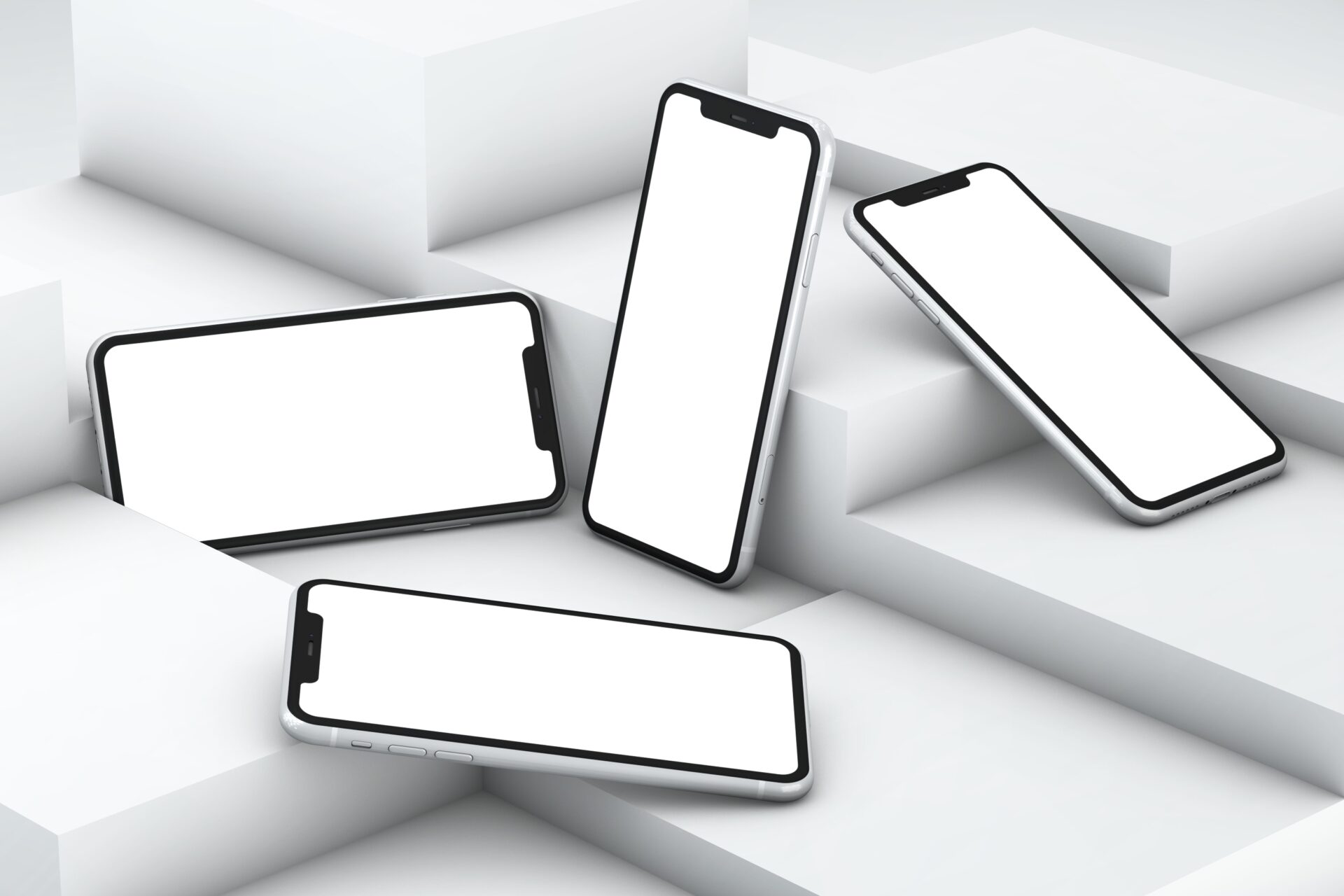The Complexity of Simplicity

Why and how is it that all the things that were supposed to make our lives so easy instead made them more complex? Why is so much technology still so hard? And the more we want – the more complex it gets.
Keeping it simple is actually complex
When I was in school I remember my mom telling me to clear up my table which was always cluttered. Arrange your books, toys etc. It would be easy to search. Very simple, straightforward thinking!
Imagine the plight when you cannot find what you want – it is physically and mentally exhausting. Where is it? Where else can it be? It is not surprising that someone has theorized that that clutter is actually emotionally exhausting too. As humans are constantly scanning their environment, the more the clutter, the more the physical and mental power needed to process.
In the present day world how I wish everyone followed mom’s thinking. It’s greed. What the &%*$?
Humans want more and more. Be it money, be it food, be it gadgets, or anything. And this thought has percolated into all parts of life. From the simple water tap to the technologically superior television. I have had instances where we had TVs with 200 channels but we do not use more than 30. I look at the TV remote and wonder if this is from outer space. Look at the PC keyboard and I notice I don’t use many functions as I don’t understand them.
Why and how is it that all the things that were supposed to make our lives so easy instead made them more complex? Why is so much technology still so hard? And the more we want – the more complex it gets.
Interestingly the consumer behaviour polls say something unique. In a 2002 poll, the Consumer Electronics Association discovered that 87% of people said ease of use is the most important thing when it comes to new technologies.
Philips deployed researchers in seven countries, asking nearly 2,000 consumers to identify the biggest societal issue that the company should address. The response was loud and urgent. “Almost immediately, we hit on the notion of complexity and its relationship to human beings,” says Andrea Ragnetti, Philips’s chief marketing officer. Consumers told the researchers that they felt overwhelmed by the complexity of technology. Some 30% of home-networking products were returned because people couldn’t get them to work. Nearly 48% of people had put off buying a digital camera because they thought it would be too complicated.
This is probably the greatest human-innovation paradox: We demand more and more from the stuff in our lives–more features, more uses, more functions, more power, more of XYZ –and yet we also increasingly demand that it be easy to use. It’s a conundrum–between the need to load it with arguably cool features and the need to make it simple to use. How paradoxical it sounds when the sales pitch harps on “fully loaded” (features –yes! complexity – full loaded!)
One of the problems is that the engineers, marketing men, and designers operate in silos that make delivering on the simplicity promise so hard. They are far removed from the demands of the customer or as in many instances one department holds sway over the other.
You can also blame it on arrogance. My son cannot figure out why both my wife and I go to him for some tech issues on our PC. He has an air – oh that’s simple, you could not get that?! And to be honest, I do it with my mom too. Some of the engineers and marketing folks cannot believe that are people who have problems even finding out the reset button on a mobile phone.
- Blame it on competition wherein the order of the day is ‘mine is better than yours. ‘My TV has more buttons on the remote than yours!!
- Blame it on technology where the incremental cost to add features is minimal – thereby adding a little more becomes the order of the day.
- Blame it on a competitive landscape in which piling on new features is the easiest way to differentiate products, even if it makes them harder to use.
- Blame marketers who don’t think “ease of use” is a USP. It is easier for a marketer to market technology over ease of use. It’s sexy to talk about technology; I don’t see any marketer saying it is sexy to talk about ease of use.
- I think technology itself is to be blamed for this. The chips and transistors get smaller and smaller making themselves more complex.
However, there are few brands whose hallmark is simplicity and that according to me that has been the key success factor.
Google – The technology that powers Google as complex as it can get. I am told that in a few nanoseconds, the software solves an equation of more than 500 million variables to rank 8 billion Web pages by importance. And in the actual experience all you get is a clean, white home page, typically featuring no more than 30 lean words; a cheery, six-character, primary-coloured logo; and a simple search box. It couldn’t be friendlier or easier to use.
Compare this with its defunct competition namely Yahoo & MSN/ Bing. Google’s design has been mimicked on the search pages of MSN and Yahoo, whose portals are messy throwbacks to the “everything but the kitchen sink” school of Web design. (Nevertheless, the Bing standalone page copies Google – imitation is the best form of flattery). The popularity of Google pretty much rests its case.
Apple – If I were to credit Jobs for anything it would be ‘ease of use’ in the Apple products. Starting with the Mac to the now ubiquitous iPad, simplicity has been at the forefront at all levels. The product design – simple, clean & classy. User Interface – simple, commonsensical and easy to use. Add ons – Easy to connect and again easy to use. For example, the mouse has only one clickable surface! (And Apple actually created the mouse).
There are other examples of too. Philips changed itself from an organizational and product perspective.
Its famous campaign, christened “Sense and Simplicity,” required that everything Philips did going forward be technologically advanced–but it also had to be designed with the end-user in mind and be an easy-to-use experience. Philips invited 15 customers to its Consumer Experience Research Centre in Bruges, Belgium, to see how they unpacked and set up a Flat TV. After watching people struggle to lift the heavy set from an upright box, designers altered the packaging so the TV could be removed from a carton lying flat on the ground.
How do you make your company’s products simpler? The erstwhile CEO, Gerard Kleisterlee actually started by simplifying the company in 2002. Instead of 500 different businesses, Philips is now in 70; instead of 30 divisions, there are 5. Even mundane things like business meetings have had a simple touch: The company forbids more than 10 slides in any PowerPoint presentation.
Often, when hearing about compelling user experiences, people immediately associate them with flashy productions with lots of visible bells and whistles. And that’s a problem.
In a complicated world getting even more complicated, great user experiences don’t have to be flashy with infinite buttons on a remote to innumerable icons on your PC screen. They need to be easy and obvious (as a reminder, feel free to go visit Google or Twitter). Choose the right approach for what your user wants and needs and everyone will be happier and less distressed.
Oh! I am reminded of a phrase from the past – KISS – Keep It Simple Stupid!



